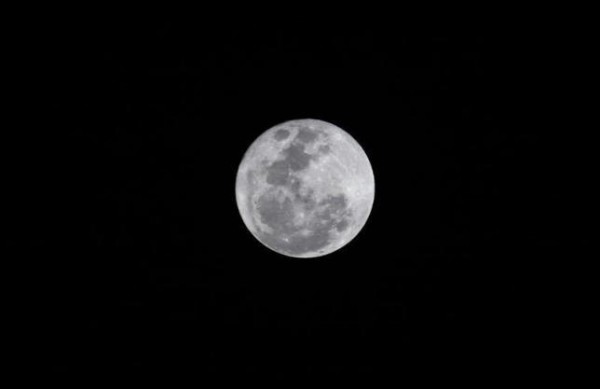A new study disclosed that a primordial planet collided with the baby earth forming debris that eventually formed into the moon.
The study aimed to resolve a long time argument about why does the Moon and the Earth has almost the same composition.
After around 30 years of disagreement among physicists with regard to how the moon was really formed, experts are now hoping for a better simulation that can resolve such issues. However, the progress with simulations gave the same outputs giving rise to "isotope crisis," explained Alessandra Mastrobuono-Battisti from the Israel Institute of Technology in Haifa, News Everyday reported.
Computerized prototypes illustrated that most of the elements that formed the moon possible came from the debris, an outer space body called as Theia, which is known to have a slightly different isotopic structure as compared to that of the Earth.
Mastrobuono-Battisti together with his team underwent dozens of simulations of later-stage planet formation. Each of these simulations begins with 85 to 90 universal embryos and 1,000 to 2,000 planetesimals spreading midway between the orbits of Mercury and Venus to within 50 million miles or so of Jupiter's orbit, according to Discovery News.
According to scientists, between 100 million to 200 million years, every simulation would normally produce three to four rocky planets as a result of smashing planetesimals and embryos.
"It turned out it is not a rare event. On average, impactors are more similar to the planets they impact compared with different planets in the same system," Mastrobuono-Battisti said.
Succeeding studies would depend on giving-up Apollo moon rocks in an effort to more specifically calculate lunar tungsten.


